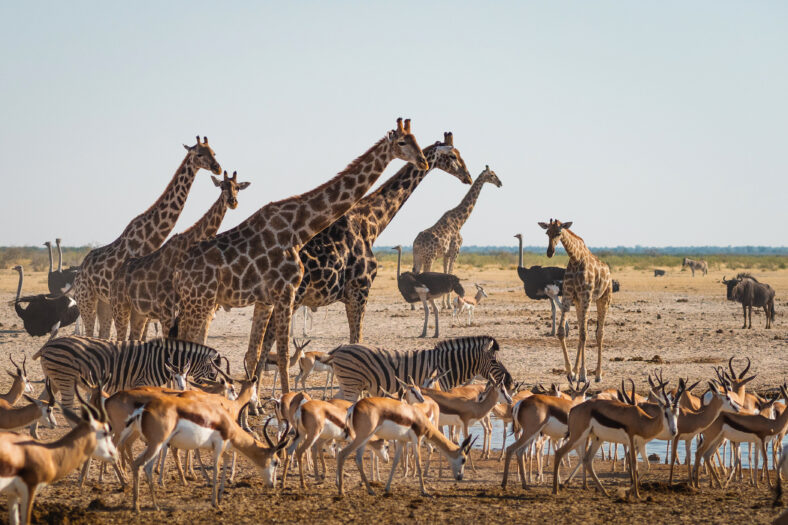Severe Shifts In Oxygen Helped Animal Diversity Boom Half A Billion Years Ago

About half a billion years ago, early animals in the oceans and seas struggled to survive in a world that experienced dramatic shifts in oxygen levels each day.
During the day, the world was rich in oxygen, giving creatures energy to hunt for food, but at night, there was little to no oxygen.
These extreme fluctuations in oxygen coincided with a time when animal diversity boomed, an event known as the Cambrian explosion. For a long time, experts have debated over what led to this evolutionary event.
Many scientists have suggested that long-term atmospheric changes, like increasing oxygen levels, drove a wider variation in animal life forms. However, this view has been questioned over the past few years.
A new study has shown that harsh conditions triggered animal diversification, not good ones. The daily swings in oxygen levels on the shallow seafloor may have pushed early animals to adapt.
The research team used a computer model to simulate the conditions, taking into account what life can produce and consume, sunlight, temperature, sediments and water.
They found that oxygen levels in warm, shallow waters could rise and fall dramatically between day and night in the Cambrian.
During the day, marine algae produced plenty of oxygen via photosynthesis, creating a fully oxygenated environment. But at night, photosynthesis stopped because there was no light, slowing down and suffocating the animals.
As a result, the oxygen was consumed by the algae, leading to oxygen-free conditions. This was a challenge for early animals to navigate, but if they were able to adapt, they were given an advantage.

Sign up for Chip Chick’s newsletter and get stories like this delivered to your inbox.
At this time, the shallow, sandy, beach-like environments in oceans around the world expanded greatly because the supercontinent broke up into several smaller pieces.
Sunlit marine environments were the richest in nutrients. Species that adapted to coping with the daily oxygen fluctuations could reach these nutrients more easily.
One major adaptation could have been the ability to sense and respond to oxygen fluctuations in an efficient manner, which is regulated by a cellular control system. The system also offers resistance to toxins like hydrogen sulfide.
The team’s modeling suggests that animals with advanced oxygen-sensing capabilities would have been able to survive better and outcompete species without the capability.
Today, diverse spots like tropical rainforests and coral reefs thrive under high competition between species and complex ecosystems.
But in extreme environments where survival depends on tolerating harsh conditions, different evolutionary pressures take hold. Any adaptations against stress would be passed on down the line.
The ability to cope with dramatic changes may have enabled certain animals to thrive over others, resulting in more varied and complex life forms.
The details of the new study were published in the journal Nature Communications.
More About:News